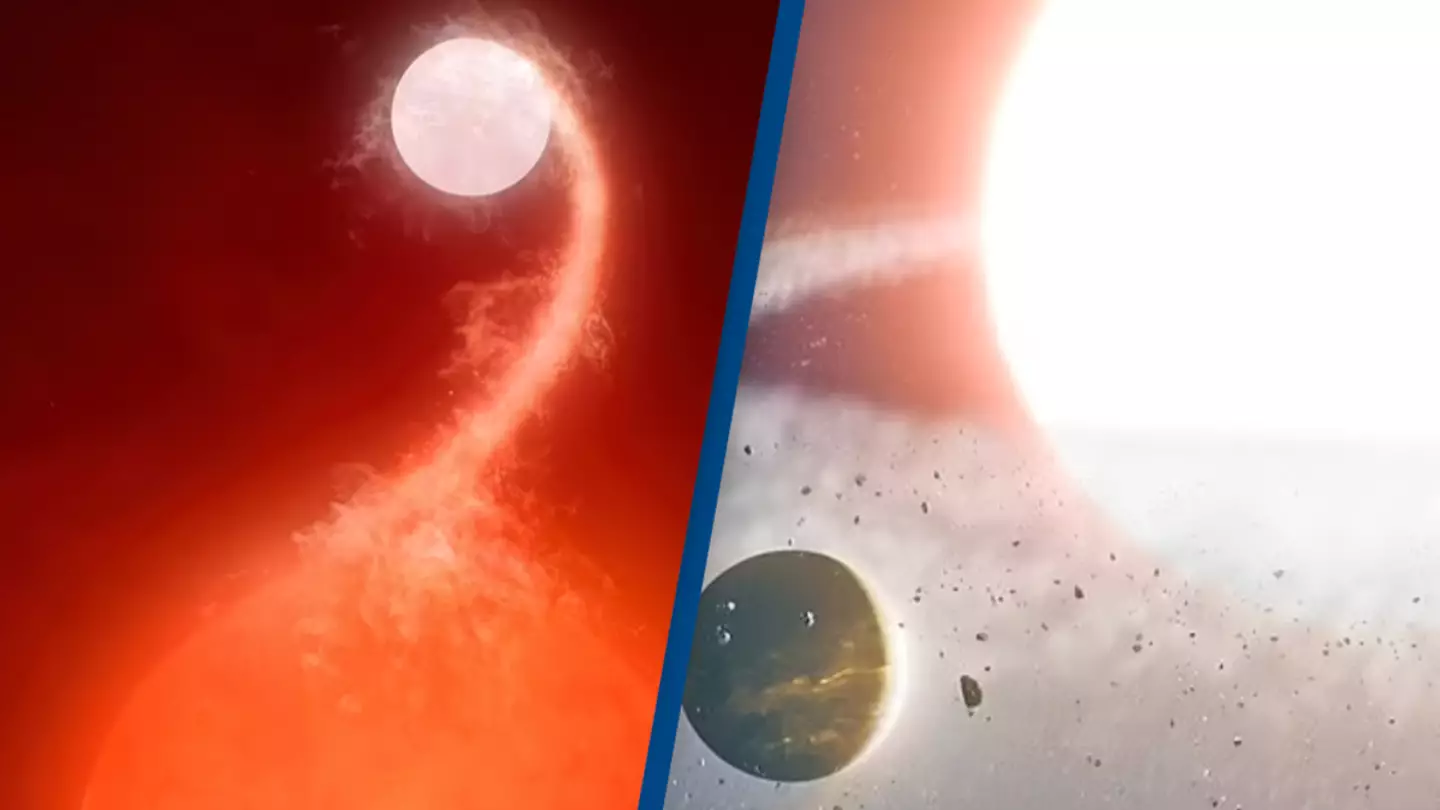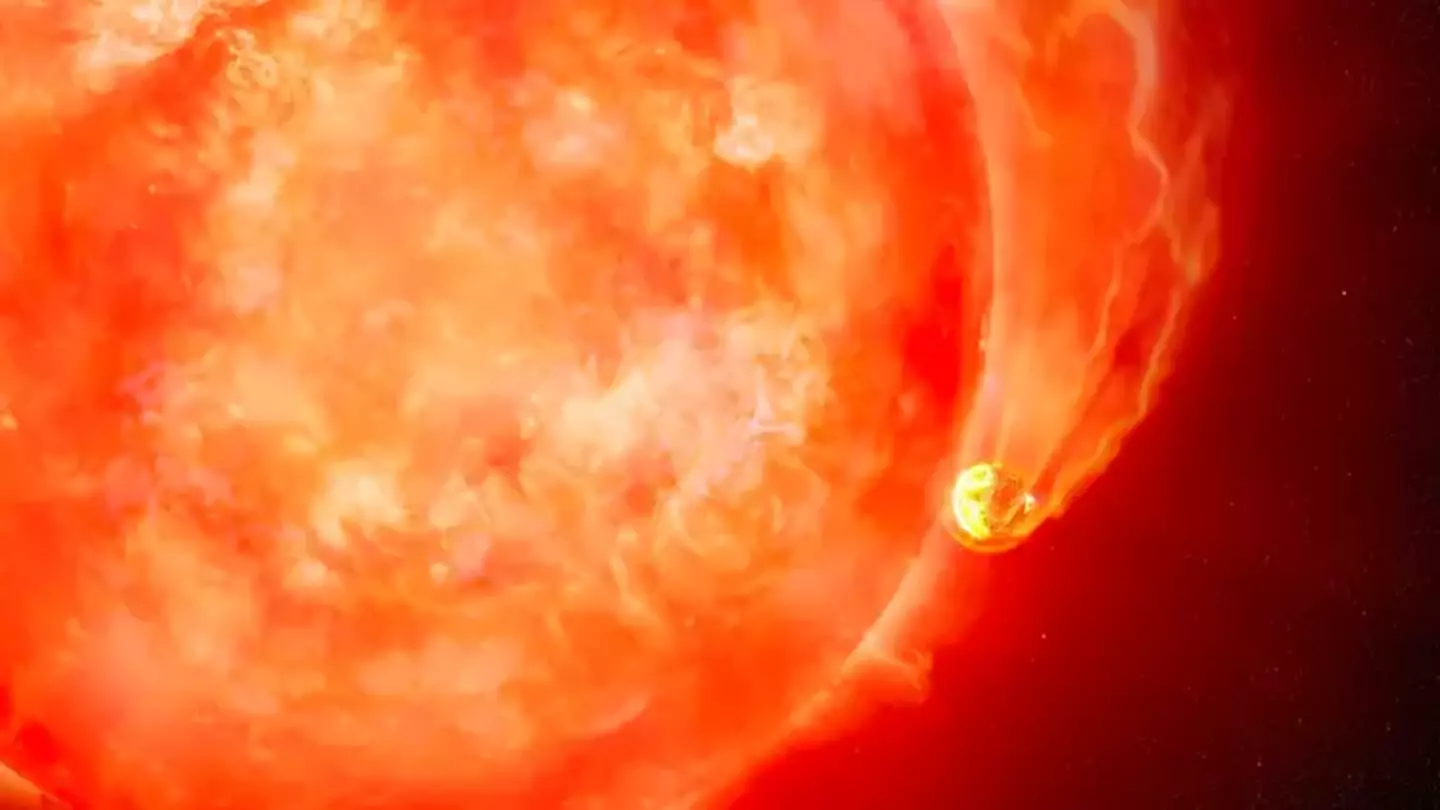
Scientists peering into the wonderous depths of space have found something quite extraordinary - a planet that should not exist.
Alright, quite a lot of what happens out in space is extraordinary, so let's just say that they've found yet another thing to add to the considerable pile of incredible discoveries.
This latest wonderful thing is a planet which ought not to exist and yet somehow does, potentially pointing towards another factor in the final frontier containing wonders we've barely scratched the surface of.
This planet that should not exist is called Halla, situated about 520 light years away from Earth that orbits a star called Baekdu.
Advert
The planet most like Halla in our solar system would be Jupiter, and is classed as a 'hot Jupiter' - a name for gas giants which have a close orbit to their star and are thus quite sweltering places to be.

As for the reason that Halla should not exist, that's because it should have been destroyed when the star it orbits so closely (about half the distance between Earth and the Sun) became a red giant and expanded.
Here's the science-y bit - stars grow and change throughout their life cycles and one of the final states of a star's being is that of a red giant.
Advert
It's not the final stage of a star's life, as later on they contract and cool into a white dwarf before going totally cold and becoming a black dwarf, but a red giant is a dying star.
It's the point in a star's life when it expands significantly to many times the original size and that has a significant effect on the other planets in its system.
They get swallowed up by the expansion of the star or otherwise burned out through suddenly being much too close for comfort.
This is what'll happen to Earth one day, though before you start worrying about our planet being swallowed up by the Sun it's still a few billion years away so we can cross that bridge when we come to it.
Advert
As for why this means Halla shouldn't exist, that's because scientists reckon it really ought to have been swallowed up by the expanding red giant or destroyed by being so close.

Researchers of a study, which was published in the journal Nature on Wednesday, are saying that based on what they've seen before, Halla should have 'been engulfed by its host star' and since this isn't the case, it's quite interesting.
Dr. Daniel Huber, co-author of the study, said: "When we realized that Halla had managed to survive in the immediate vicinity of its giant star, it was a complete surprise."
Advert
Current hypotheses on how this situation has developed range from a 'stellar merger' which altered Baekdu in some way to Halla being a 'second generation planet', which wasn't in the system originally but formed later on.
What this discovery does tell us is that planets can continue to exist closer to red giants that previously thought.
And now we know, which is half the battle.
Topics: Space, Science, Technology, News